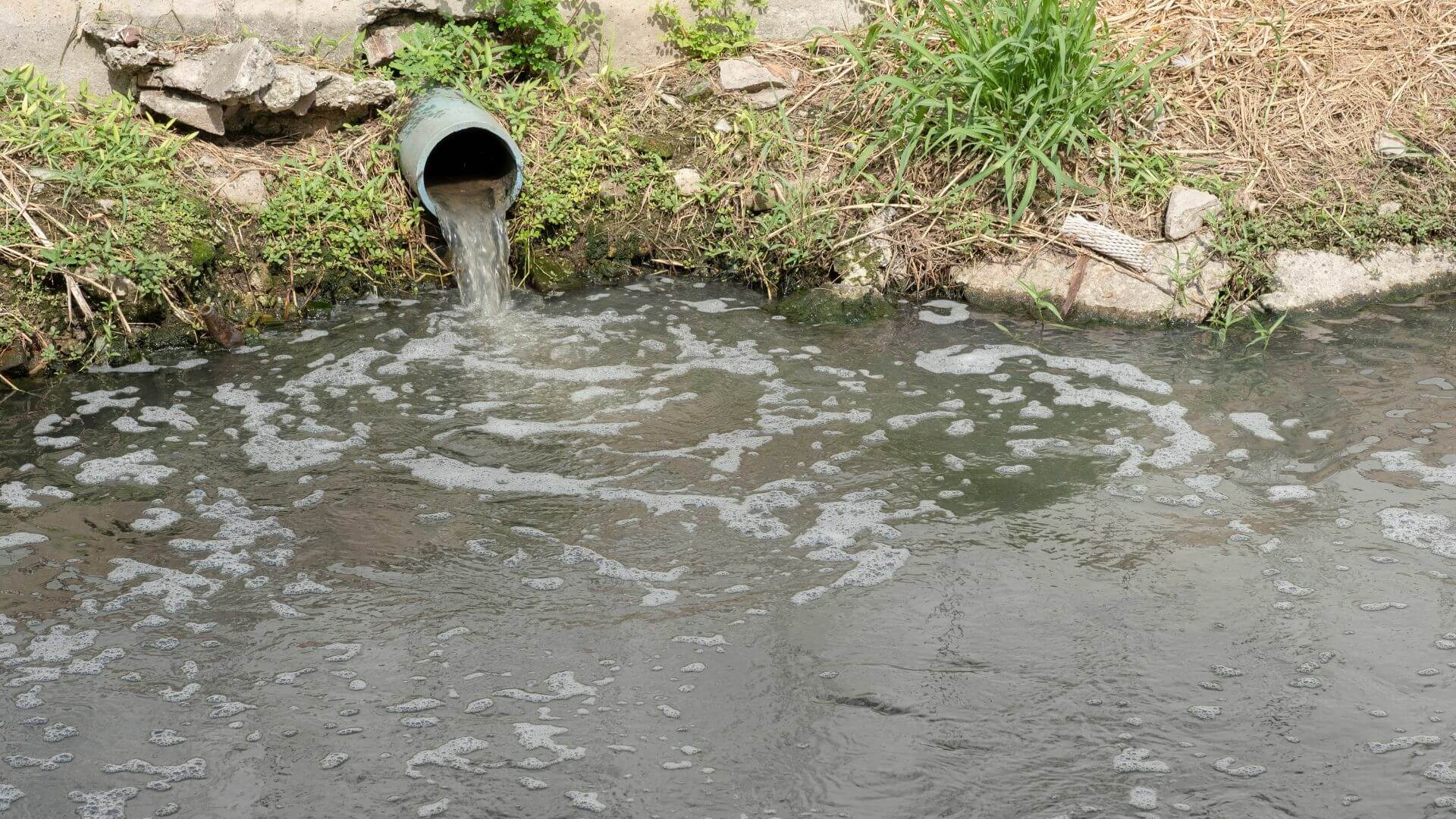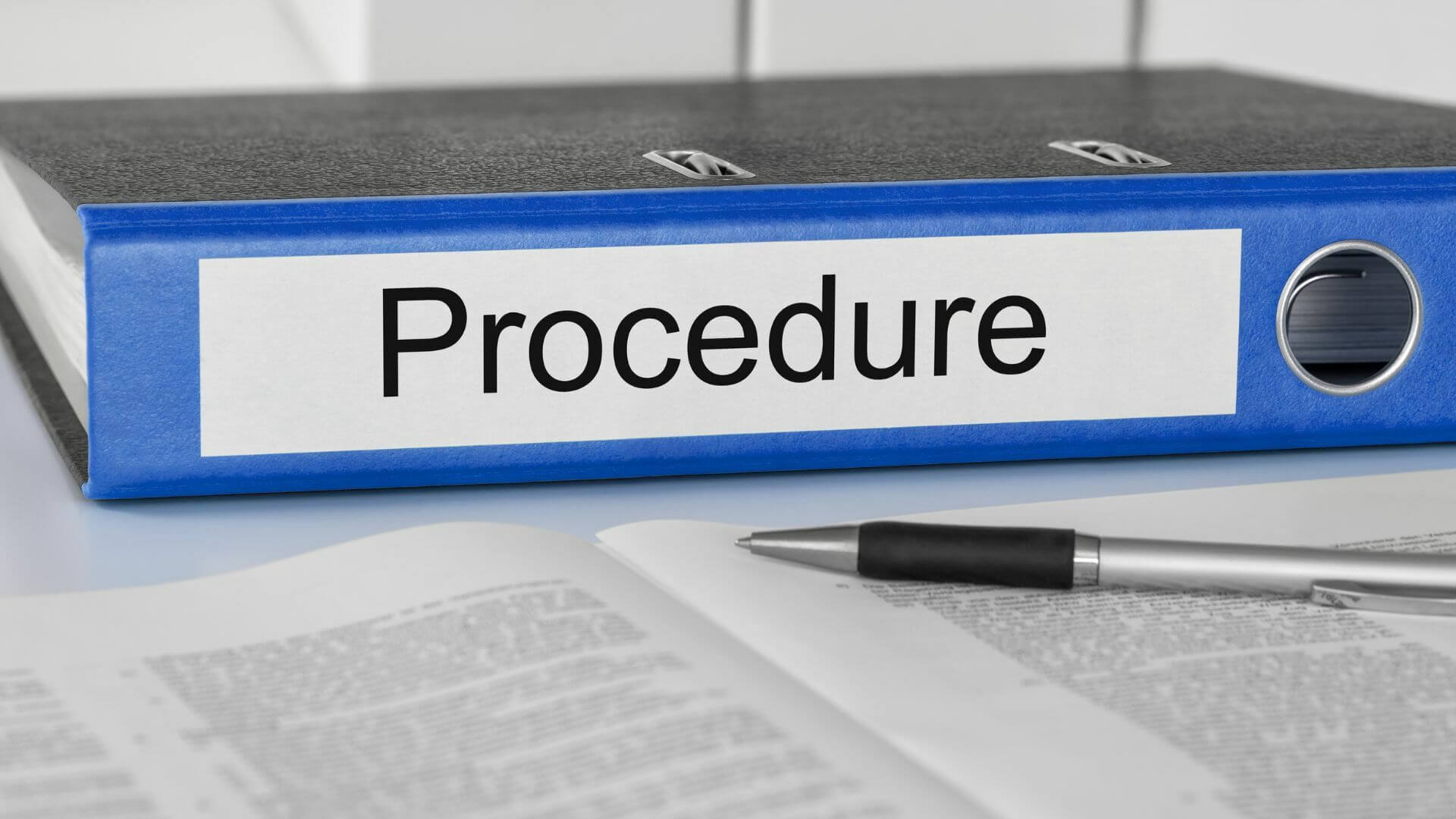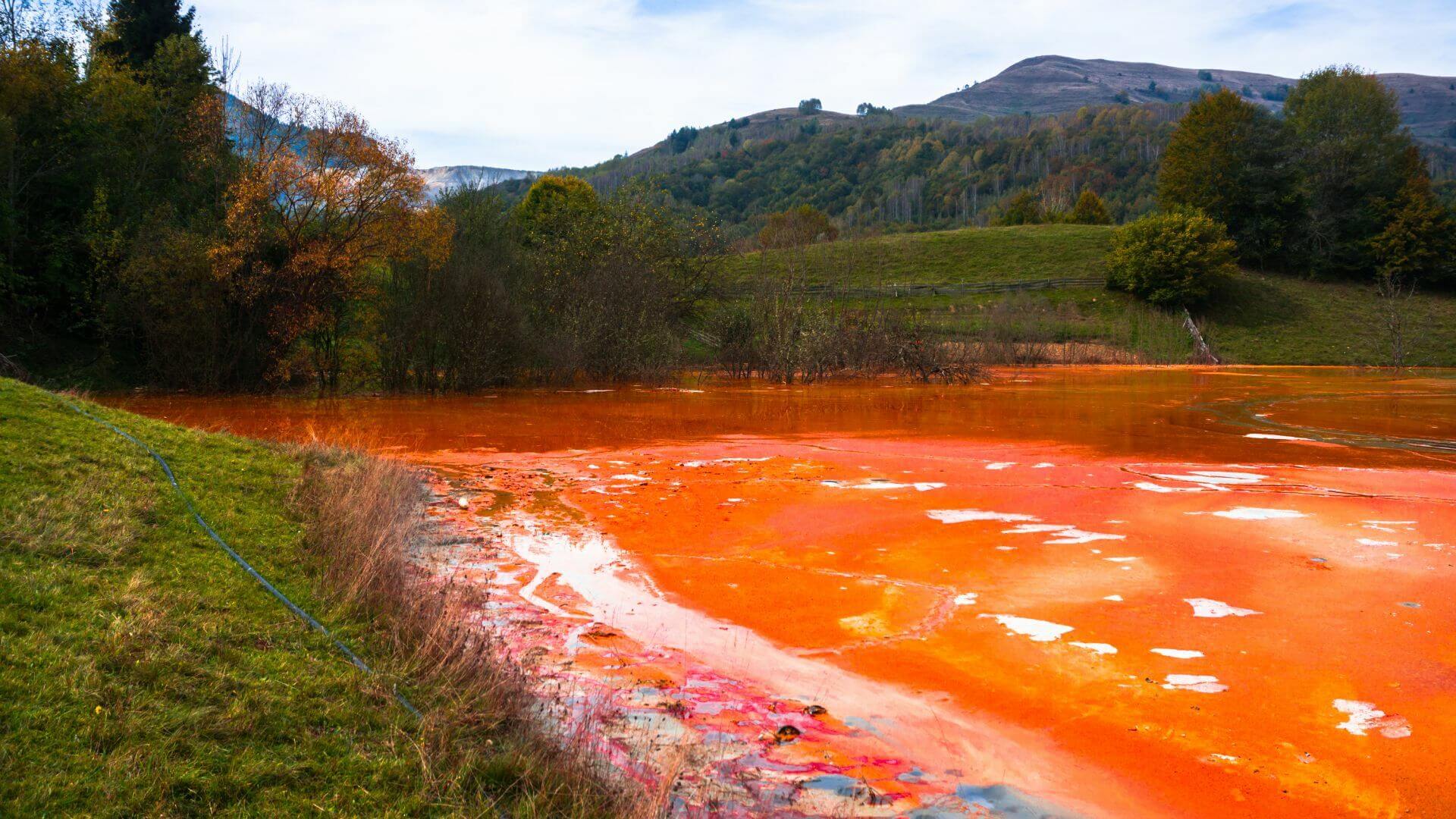Stormwater Pollution Prevention Plans (SWPPP) Are Required for Permits
A Stormwater Pollution Prevention Plan (SWPPP) outlines all activities and situations on the site that potentially cause water pollution and describes the procedures the facility will take to prevent any unpermitted pollution discharge.
It is necessary to submit an NPDES permit with a Stormwater Pollution Prevention Plan (SWPPP) outlining how your personnel will prevent water pollution in order to acquire a permit. They’re referred to as “best management practices” since they include all of these measures (BMPs). In order to prevent contaminating the environment, a facility implements a BMP (or, in certain situations, does not implement it).
According to its official definition, the term means “Schedules of activities, prohibitions of practices, maintenance procedures, and other management practices to prevent or reduce the pollution of ‘waters of the United States. BMPs also include treatment requirements, operating procedures, and practices to control plant site runoff, spillage or leaks, sludge or waste disposal, or drainage from raw material storage.”
Stormwater Pollution Prevention Plans (SWPPP) Do The Following:
![]() Organizing: Organize a plan and identify responsibilities.
Organizing: Organize a plan and identify responsibilities.
- Assessing: Assess your facility to devise the best management plan
- Identifying: Identify Actions to Eliminate Pollutants “Best Management Practices” BMPS
- Action: Puts your BMPs into Action
- Monitoring: Monitoring the Effectiveness of your BMPs through self-auditing
- Correcting and Improving: Correcting and Improving BMPs of any Deficiencies
The EPA wants you to have an NPDES, but before that, you must have an SWPPP that includes your BMPs.
The EPA does not specify which BMPs a facility must apply in order to develop a plan that complies with the regulations. Process, storage, handling, and spill response equipment and capabilities should be evaluated by the facility or facility management company to decide what would work best for it.
What Should Be Included in an SWPPP?
An SWPPP focuses on the proactive steps that the facility will take to avoid water pollution. However, since even the best-laid plans may fail, the plan must also contain procedures and equipment lists that will be employed in the case of an unintentional release. All SWPPPs must contain the following:
1. A Site Description
Site descriptions should contain basic descriptions of the activities that take place at the facility in addition to the name and address of the location where the institution is located. In addition, a site map is necessary.
Site maps may be created using quadrangle maps produced by the United States Geological Survey (USGS), which depict the geographic position and size of the facility. They must include the following:
- All receiving waters’ locations
- All ditches, pipes, swales, drains, inlets, outfalls, or other stormwater conveyances Locations of all ditches, pipes, swales, drains, inlets, outfalls, or other stormwater conveyances
- Secondary containment structure locations
- Potential stormwater contaminants’ locations and amounts
- Stormwater monitoring locations in areas where spills have happened in the past
- Fueling stations, unloading locations, outdoor maintenance and equipment storage, tanks, and transfer places are all located on this map.
- Sources of run-off from nearby properties that potentially pollute the environment
It is intended that this information will offer outside responders, such as fire departments and hazmat teams, a basic understanding of the sorts of products and pollution protection equipment stored on-site, allowing them to prepare to help the facility in the case of an emergency.
2. Pollution Prevention Team
![]() The Pollution Prevention Team aids facility management in developing and revising the SWPPP. These team members are often in charge of ensuring that the plan’s best management practices and procedures are implemented. They may also assist in the implementation of any required remedial measures.
The Pollution Prevention Team aids facility management in developing and revising the SWPPP. These team members are often in charge of ensuring that the plan’s best management practices and procedures are implemented. They may also assist in the implementation of any required remedial measures.
Members of the Pollution Prevention Team should be identifiable by their first and last names, as well as their job titles. Everybody should have access to the SWPPP and, if necessary, the NPDES permit.
3. Activities That Could Potentially Cause Pollution
All outdoor activities that might result in leaks or spills, as well as storage sites for products exposed to rain and snowmelt, must be identified in the plans. There must be documentation of all large spills that have happened in the last three years.
Uncovered outdoor storage of loose goods is a major source of stormwater sediment contamination. Whenever stormwater encounters impermeable surfaces, such as sand, salt, or other loose debris, contaminants may be carried into storm drains.
Oil and gasoline leaks are common in vehicles, machinery, and equipment. Rain and snowmelt carry oil leaks and spills that have not been cleaned up across paved areas where these products are housed. Stormwater pollution may also be caused by vehicle and equipment maintenance and cleaning that takes place outside without proper containment.
Stormwater pollution may be caused by a variety of activities, including the storage of items and equipment outside. When oil and petroleum products are being moved into the storage tank and distributed into equipment, vehicles, and containers, leaks and spills are prevalent.
4. Schedules, Procedures, and Control Measures
![]() At least one control measure must be in place and implemented for each process or location that generates a pollutant. SWPPPs must document the type of control measure(s) in place and how they will prevent the discharge of excess pollutants.
At least one control measure must be in place and implemented for each process or location that generates a pollutant. SWPPPs must document the type of control measure(s) in place and how they will prevent the discharge of excess pollutants.
Effluent limitations specify the maximum amount of a certain pollutant that may be discharged. Limits can be imposed on the basis of technology or on the basis of water quality. While the limitations are specified in an NPDES permit, the methods, technologies, or procedures to achieve the limits are not.
Depending on the type of pollution to be regulated or removed, advanced technologies such as filtration and pretreatment may be used. Other control strategies are more fundamental, such as practicing proper housekeeping.
Routine inspections of tanks and containers, timely cleanup of minor leaks and spills, scheduling regular garbage pickup, and storing materials beneath a roof or cover are all examples of low-cost good housekeeping methods.
5. Spill Response Plans
![]() Because even the best preparations can fail, SWPPPs must incorporate spill response plans. It is not necessary to create a new strategy for facilities that already have extensive spill response plans to meet other regulatory criteria. Copies of existing response plans should be preserved with the SWPPP as proof of readiness.
Because even the best preparations can fail, SWPPPs must incorporate spill response plans. It is not necessary to create a new strategy for facilities that already have extensive spill response plans to meet other regulatory criteria. Copies of existing response plans should be preserved with the SWPPP as proof of readiness.
6. Inspections and Monitoring
Permits specify how often, what, and how to monitor stormwater discharges to ensure contaminants do not exceed effluent limits. Depending on the pollutant and the effluent restrictions, monitoring may be required constantly or just once or twice a year. Most states require institutions to track monitoring findings and report on compliance. All states require non-compliances to be self-reported.
To verify that control measures are still effective and processes are properly followed, facilities must undergo routine inspections. If a facility is audited, copies of inspection forms will assist demonstrate the system.
7. Employee Training
Employers must establish a training program to educate personnel on their stormwater pollution control strategy, best practices, and processes. This training can be included in RCRA, SPCC, or spill response training. Employees must be instructed on their duties in preventing stormwater pollution.
An SWPPP Might Have Different Names Depending On Your Location
SWPPPs are site-specific, written documents that are signed by a company executive and that list all of the activities and conditions that could pollute the water on their site. They also list what steps they will take to keep any unpermitted pollution from being sent into the water. There are several names for an SWPPP. You may hear terms like:
- Construction Best Practices Plan
- Sediment and Stormwater Plan
- Erosion, Sediment, and Pollution Prevention Plan
- Construction Site Best Management Practices Plan
- Erosion Control Plan and Best Management Practices
- Best Management Practices Plan
- Erosion and Sediment Control Plan
These documents—and the stormwater permits that they require—have many similar parts, regardless of the term used in your state or local municipality. If you need assistance in determining what stormwater management plans and policies you need in place, contact one of our experts to see how we can help.
![]() Organizing: Organize a plan and identify responsibilities.
Organizing: Organize a plan and identify responsibilities.  Organizing:
Organizing:  The Pollution Prevention Team aids facility management in developing and revising the SWPPP. These team members are often in charge of ensuring that the plan’s best management practices and procedures are implemented. They may also assist in the implementation of any required remedial measures.
The Pollution Prevention Team aids facility management in developing and revising the SWPPP. These team members are often in charge of ensuring that the plan’s best management practices and procedures are implemented. They may also assist in the implementation of any required remedial measures. At least one control measure must be in place and implemented for each process or location that generates a pollutant. SWPPPs must document the type of control measure(s) in place and how they will prevent the discharge of excess pollutants.
At least one control measure must be in place and implemented for each process or location that generates a pollutant. SWPPPs must document the type of control measure(s) in place and how they will prevent the discharge of excess pollutants. Because even the best preparations can fail, SWPPPs must incorporate spill response plans. It is not necessary to create a new strategy for facilities that already have extensive spill response plans to meet other regulatory criteria. Copies of existing response plans should be preserved with the SWPPP as proof of readiness.
Because even the best preparations can fail, SWPPPs must incorporate spill response plans. It is not necessary to create a new strategy for facilities that already have extensive spill response plans to meet other regulatory criteria. Copies of existing response plans should be preserved with the SWPPP as proof of readiness.